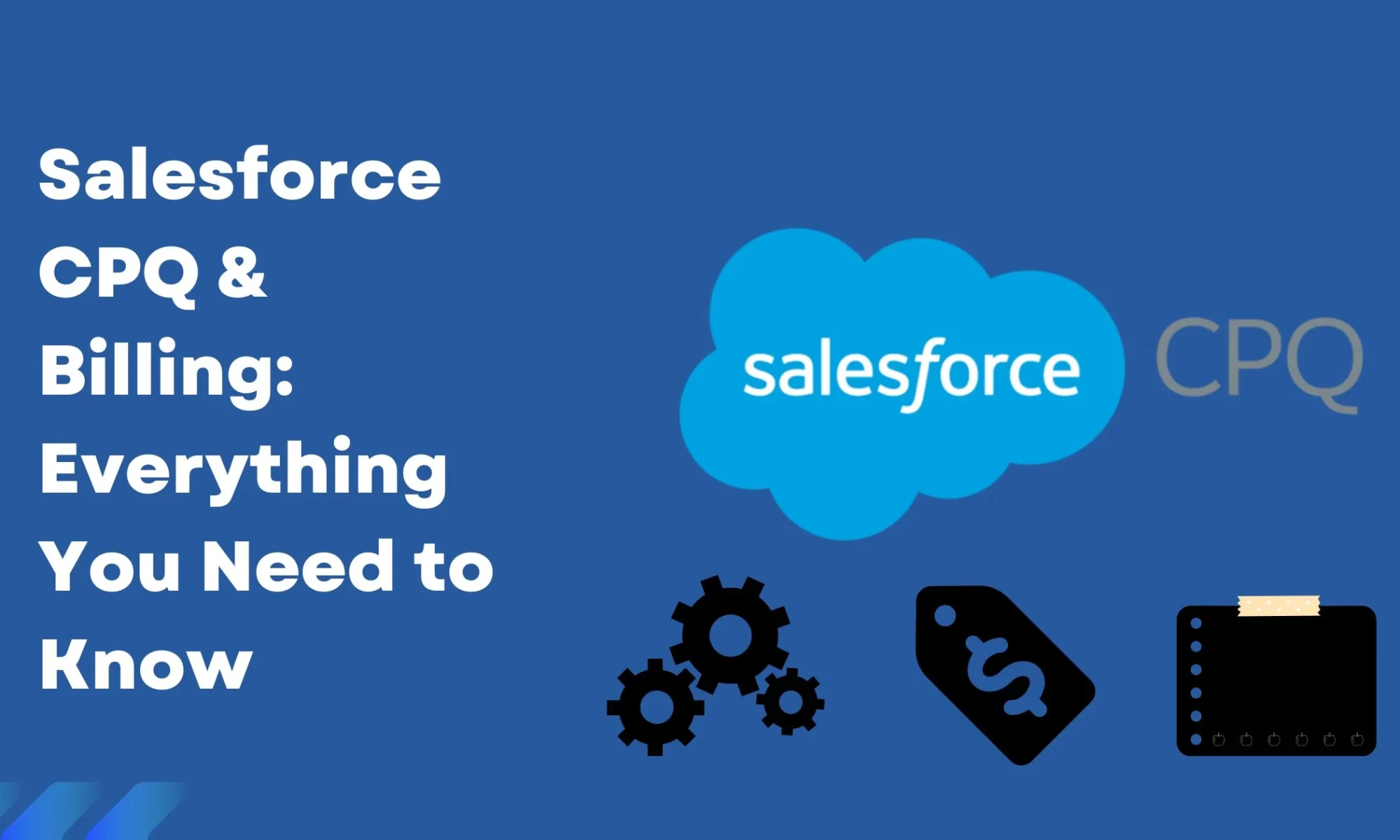The evolution of artificial intelligence (AI) has witnessed several groundbreaking developments, but none as transformative as the emergence of Salesforce’s Einstein Copilot and Agentforce. These innovations are redefining how businesses leverage AI to improve customer experience, streamline workflows, and enhance operational efficiency. Companies seeking support from a Salesforce consulting partner in New York can especially benefit from these AI advancements.
What is Einstein Copilot?
Einstein Copilot is a generative AI assistant embedded within Salesforce’s Customer 360 platform. It empowers users with contextual AI-driven support, allowing them to execute tasks, extract information, and generate content directly within their Salesforce environment. Unlike traditional chatbots, Einstein Copilot provides dynamic, real-time assistance, enhancing productivity for customer service agents, marketers, and sales teams alike. For businesses looking to enhance their Salesforce ecosystem, working with a Salesforce consultant in New York can ensure a seamless integration.
Key Features of Einstein Copilot:
- Contextual Assistance: Uses real-time contextual data to provide relevant recommendations and support.
- Multi-Channel Integration: Available across various Salesforce products like Sales Cloud, Service Cloud, and Marketing Cloud.
- Natural Language Processing (NLP): Understands and responds to natural language inputs, making it more intuitive and user-friendly.
- Customizable AI Prompts: Businesses can tailor prompts and workflows to suit specific needs.
What is Agentforce?
Agentforce is an advanced, AI-driven customer service platform that elevates the capabilities of human agents. It blends AI-powered tools with human empathy to create a “hybrid service experience.” Agentforce enables customer service teams to work more effectively by providing predictive insights, intelligent case routing, and real-time agent assistance. Companies partnering with Salesforce consulting in New York can maximize the benefits of Agentforce through expert customization and support.
Key Features of Agentforce:
- AI-Augmented Decision-Making: Assists agents with real-time suggestions and guidance during customer interactions.
- Predictive Case Management: Anticipates potential issues and prioritizes cases for faster resolution.
- Intelligent Routing: Uses AI to direct cases to the most qualified agents based on expertise, availability, and workload.
- Unified Customer View: Combines customer data from multiple sources to give agents a holistic view of customer history and preferences.
The Paradigm Shift in AI Innovation
The introduction of Einstein Copilot and Agentforce represents a paradigm shift in AI innovation. Traditionally, AI tools operated in isolated silos, supporting specific tasks like chatbots, virtual assistants, or predictive analytics. However, these two platforms blend AI capabilities with human-centric design, offering end-to-end support across multiple touchpoints. Companies working with Salesforce consultants in New York can leverage this shift to drive competitive advantage.
- From Reactive to Proactive Service
- Traditional AI systems are often reactive, responding to customer inquiries only when prompted. Einstein Copilot and Agentforce, however, enable businesses to predict customer needs and take preemptive actions. This shift significantly reduces response times and enhances customer satisfaction.
- AI Augmentation, Not Replacement
- While AI has sparked debates about automation replacing human jobs, Einstein Copilot and Agentforce exemplify AI augmentation. Rather than replacing customer service agents, these tools empower them with enhanced capabilities to resolve issues more efficiently. This hybrid model maintains human empathy while leveraging AI’s speed and scalability.
- Personalization at Scale
- Customer expectations have shifted towards hyper-personalized experiences. Agentforce’s ability to consolidate customer data into a unified view, combined with Einstein Copilot’s real-time contextual assistance, enables companies to deliver highly tailored customer interactions.
- Operational Efficiency and Cost Reduction
- Businesses often struggle to balance operational efficiency with cost reduction. By automating repetitive tasks and providing predictive insights, both Einstein Copilot and Agentforce reduce the workload on customer support teams. This allows businesses to scale operations without a proportional increase in staffing costs.
Benefits of Integrating Einstein Copilot and Agentforce
The combined use of Einstein Copilot and Agentforce offers several strategic benefits, including:
- Improved Customer Experience: Faster issue resolution, personalized support, and proactive assistance enhance overall customer satisfaction.
- Operational Scalability: Businesses can manage larger customer volumes without significantly increasing human resources.
- Enhanced Employee Productivity: Agents receive real-time guidance and suggestions, reducing the cognitive load and enabling them to focus on more complex tasks.
- Increased ROI: By automating mundane processes and optimizing human-agent workflows, companies achieve higher returns on their AI investments.
Use Cases Across Industries
- Retail & E-Commerce
- Challenge: Handling high volumes of customer inquiries during sales seasons.
- Solution: Einstein Copilot’s real-time AI assistance and Agentforce’s predictive routing ensure faster query resolution and improved customer satisfaction.
- Financial Services
- Challenge: Delivering personalized financial advice to a diverse customer base.
- Solution: Agentforce’s unified customer view allows financial advisors to provide tailored guidance, while Einstein Copilot offers quick responses to routine inquiries.
- Healthcare
- Challenge: Managing high call volumes and ensuring accurate patient support.
- Solution: Agentforce’s intelligent routing ensures that patients connect with the right medical professional, while Einstein Copilot assists agents with contextual responses and appointment scheduling.
- Telecommunications
- Challenge: Addressing frequent technical support requests.
- Solution: Einstein Copilot’s contextual AI support enables faster resolution of technical issues, while Agentforce’s predictive case management ensures the most urgent cases are prioritized.
Challenges and Considerations
While the potential of Einstein Copilot and Agentforce is undeniable, businesses must address key considerations during implementation:
- Data Privacy and Security: Companies must ensure compliance with data protection regulations like GDPR and CCPA when using AI tools that access customer data.
- AI Bias and Fairness: Organizations must ensure that AI models remain unbiased in their decision-making processes, particularly in industries like finance and healthcare.
- Employee Training: Companies should train agents and employees to effectively use these AI tools to maximize their impact.
The Road Ahead
The shift from traditional AI-driven customer service to hybrid AI-human workflows driven by Einstein Copilot and Agentforce is only the beginning. As AI technology evolves, these platforms are expected to become even more sophisticated, offering deeper personalization, more accurate predictions, and greater adaptability to diverse business needs.
Future developments may include:
- Deeper Integration with IoT Devices: Providing customer support for smart home devices in real time.
- Advanced Sentiment Analysis: Leveraging AI to detect and respond to customer emotions during live interactions.
- Self-Learning AI Models: Allowing Einstein Copilot and Agentforce to continuously improve their recommendations based on past interactions.
Conclusion
Einstein Copilot and Agentforce represent a new era of AI-driven customer support. By blending AI’s speed, precision, and predictive capabilities with the empathy and problem-solving skills of human agents, businesses can create superior customer experiences. Companies that embrace this paradigm shift will be better positioned to compete in an era where customer experience is a key differentiator. Companies can also engage with Salesforce developers in New York to customize and implement these tools effectively. As more organizations adopt these AI-driven solutions, the future of customer service will undoubtedly become more intelligent, personalized, and efficient.




